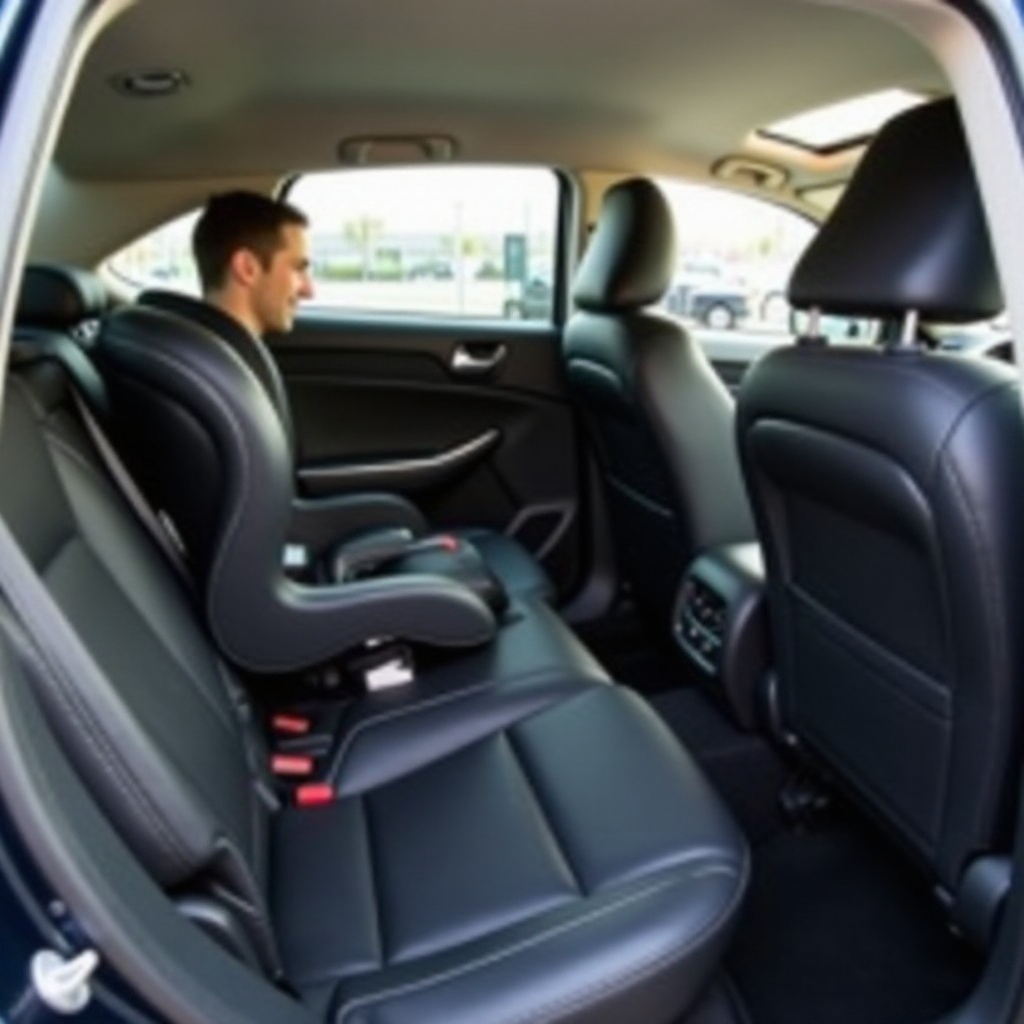Introduction
Choosing the correct side for your car seat significantly impacts your child’s safety and your convenience. Whether you’re a new parent or looking for ways to enhance your child’s safety in the car, understanding which side to install the car seat can provide peace of mind and ensure optimal protection during your journeys.

The Importance of Proper Car Seat Placement
Proper car seat placement is crucial for maximizing your child’s safety. Reports from the National Highway Traffic Safety Administration (NHTSA) and other safety studies emphasize that the position of a car seat can drastically affect your child’s level of protection in the event of a collision. By understanding and applying the correct placement techniques, you can substantially reduce the risk of injury.
Factors to Consider
When determining which side of the car is best for your car seat, several factors come into play:
Accessibility and Convenience
Ensuring easy access to your child is essential, especially for everyday activities such as daycare drop-offs or grocery runs. The passenger side often provides better curbside access, reducing the risk of accidents while entering and exiting the vehicle.
Safety Ratings and Studies
Safety ratings and studies frequently explore the impact dynamics relative to car seat installation. For instance, some studies suggest that the rear center seat may offer the highest protection due to its distance from potential impact points; however, this isn’t always practical for every vehicle or family situation.
Your Car’s Layout
Lastly, the design and layout of your vehicle can greatly influence car seat placement. Features such as side airbags, the arrangement of other seats, and the vehicle size all play a role. Assess your car’s layout carefully to identify the safest and most convenient spot for the car seat.
Pros and Cons of Each Side
Both the passenger and driver sides have distinct advantages and disadvantages, which are worth considering in your decision.
Advantages of the Passenger Side
- Curbside Access: The passenger side allows safer curbside access when parked, reducing the risk of accidents on the road.
- Direct Visibility: Many find it easier to keep an eye on children when they are seated on the passenger side, thanks to the natural positioning for glancing back.
Benefits of the Driver Side
- Increased Front Seat Adjustment Flexibility: Placing the car seat behind the driver allows the front passenger more legroom.
- Quickest Access for the Driver: It offers a straightforward reach for the driver, handy for quick checks and distributions.
Drawbacks and Considerations for Each
- Passenger Side Drawbacks: Although conveniently curbside, it may lead to less visibility in some larger or elongated vehicles. Also, controlling the foot area to avoid tangling with floor mats is essential.
- Driver Side Considerations: The driver side may necessitate stepping into the road when parked, posing additional risks. Furthermore, adjusting the driver’s seat position becomes somewhat constrained due to the position of the car seat.

Expert Recommendations
Experts from various realms of childcare and automotive safety offer their insights to help you make an informed decision.
Insights from Pediatricians
Pediatricians often stress the importance of positioning for reduced impact vulnerability. They generally advise relying on standardized guidelines while taking into account specific needs and flexibility within the family.
Tips from Car Seat Manufacturers
Car seat manufacturers provide valuable instructions that cater to specific product designs. Always follow the user manual for accurate installation and use. Additionally, many brands offer customer service for personalized advice.
Real-Life Experiences from Parents
Sharing experiences with other parents can offer practical advice and nuanced details. Join parenting forums or local groups to gather insights from those who have firsthand experience navigating car seat placement.

Installation Tips for Maximum Safety
To ensure maximum safety, adhere to these crucial installation tips:
- Follow Manufacturer Instructions: Always read and follow the car seat manufacturer’s installation guidelines.
- Check Vehicle Compatibility: Ensure your vehicle’s layout supports the car seat model you have chosen. Use LATCH systems if available.
- Inspect Installation Firmly: The car seat should not move more than an inch side-to-side or front-to-back.
- Regularly Reevaluate: Children grow quickly, so periodically reassess both the positioning and fit of the car seat.
Conclusion
Choosing the right side for a car seat is essential for maximizing your child’s safety and your convenience. By considering accessibility, safety ratings, and expert recommendations, you can make an informed decision that best suits your family’s needs.
Frequently Asked Questions
What if my car only has one type of side impact airbag?
If your car is only equipped with side impact airbags on one side, prioritize placing the car seat on the opposite side to avoid potential risks during deployment.
Can the middle seat be an option?
Absolutely. The middle seat is often the safest spot because it is the farthest from any potential impact. However, not all vehicles can safely accommodate a car seat in this position.
How often should you reevaluate the position?
Reevaluate your car seat position during significant growth milestones or if you acquire a different vehicle, as both changes could affect the safety and fit of the existing setup. Regular checks are recommended every few months.

0 Comments